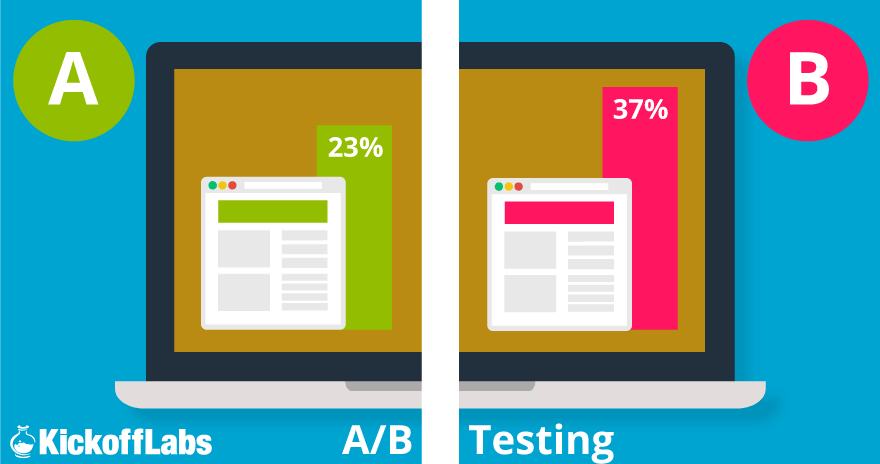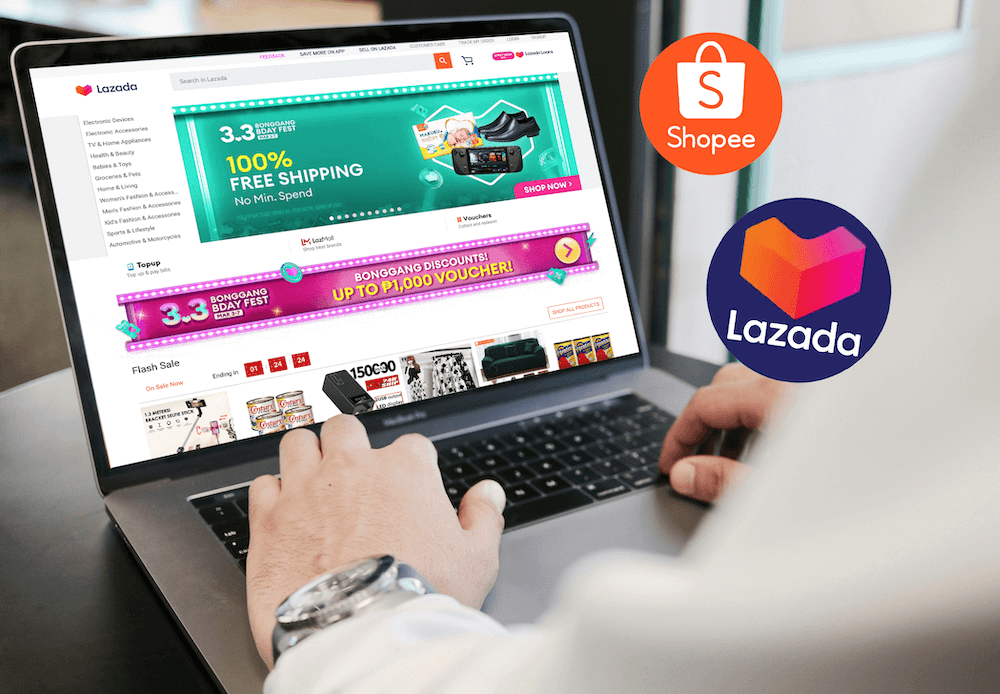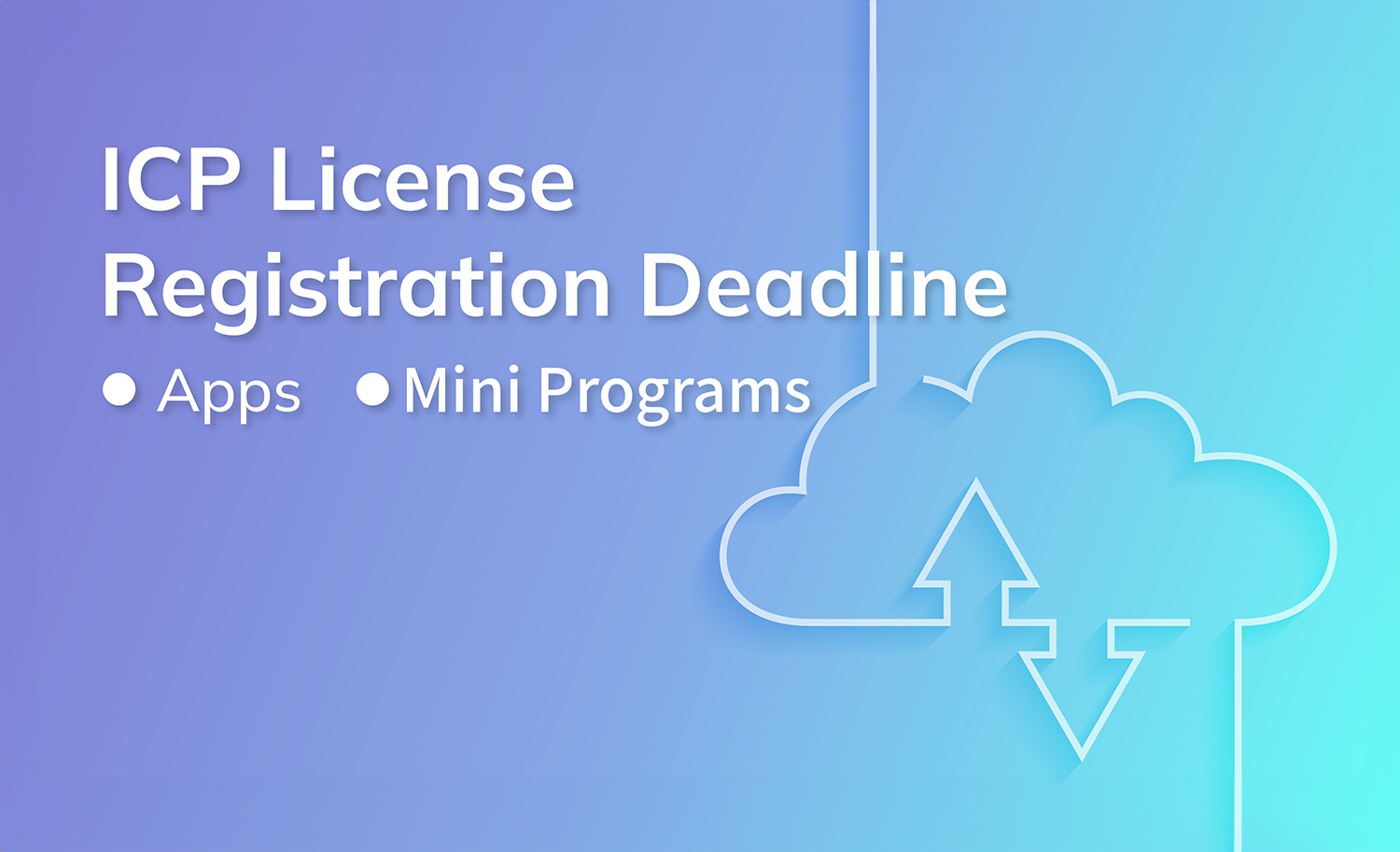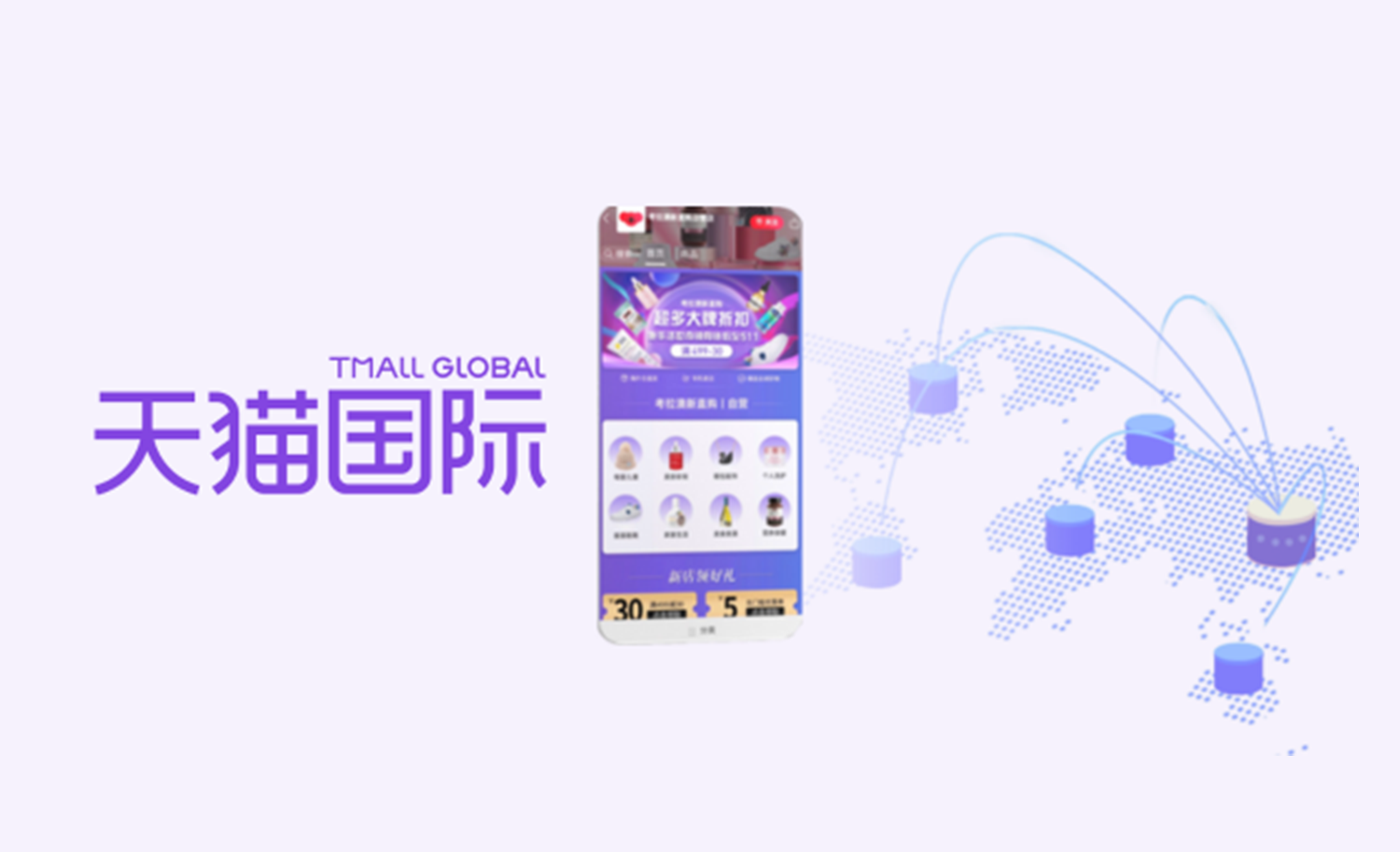During website development/phone app development process, more business owners have realized how important user research is, since it can truly What is the Most Important Thing in UI/UX Design?Why some designs are successful and some fail. User research is often the reason. What is it and how to conduct it. 5 stages of user research.help online business focus on the right target and save a fortune. User research may seem complicated, but there are several simple ways to conduct.
- Online Surveys
Online surveys are used very often by marketers, product managers, strategists and others to gather feedback. Surveys are increasingly becoming a more accepted tool for UX practitioners. Creating a great survey is like designing a great user experience—they are a waste of time and money if the audience, or user, is not at the centre of the process. Designing for your user leads to the gathering of more useful and reliable information.
There are plenty of online tools to help you create surveys. SurveyMonkey allows you to create 10-question surveys for free, or you can make your own with Google Drive’s form feature.
- Interview your target customer
If you have deeper questions about user behavior, Individual, in-person interviews is the right way to go. By asking questions directly to your target customer, you can get better understanding of a user’s complex thoughts and intentions.
One very powerful tool is focus group. A focus group is a form of qualitative research in which a group of people are asked about their perceptions, opinions, beliefs, and attitudes towards a product, service, concept, advertisement, idea, or packaging. Focus groups assess what users say: a number of people gather in order to discuss their feelings, attitudes and thoughts on a given topic to reveal their motivations and preferences.
Many businesses find focus groups to be useful a means of staying close to consumers and their ever-changing attitudes and feelings. By providing qualitative information from well-defined target audiences, focus groups can aid businesses in decision making and in the development of marketing strategies and promotional campaigns.
- Gather data from your website
If your website has been there for a while, you can gather valuable qualitative data by watching visitors use your website. With this method you have the advantage of getting verbal feedback from users that helps explain the thinking behind their actions.
One popular method is using heatmap, which is graphical overlays of your website which points out what content is hot and what not. This is mainly done by tracking the mouseclicks of the visitor. Heatmaps like Crazy Egg and Lucky Orange within Visual Website Optimizer are great for getting an overview of how visitors behave on a landing page or website, because it can:
- View heatmaps that show which elements of a page your visitors are clicking on.
- Discover what’s working (where people are clicking) and what’s not working (where people aren’t clicking).
- Get insights on how to optimize your landing pages, signup forms, shopping cart, etc.
Heatmap example by Crazy Egg.
4. A/B Testing
A/B testing is an excellent way to perform research on specific, measurable actions you want users to take on your website.
A/B testing (sometimes called split testing) is comparing two versions of a web page to see which one performs better. You compare two web pages by showing the two variants (let's call them A and B) to similar visitors at the same time. The one that gives a better conversion rate wins.
A/B testing lets you compare the effectiveness of two different versions of the same Web page. Usually a controlled portion of a page’s traffic goes to version A and the rest to version B, so different customers interact with different versions of the page. During A/B testing, you can collect data regarding key performance indicators (KPIs) such as conversion rates, enabling you to compare the results of the two versions.
















